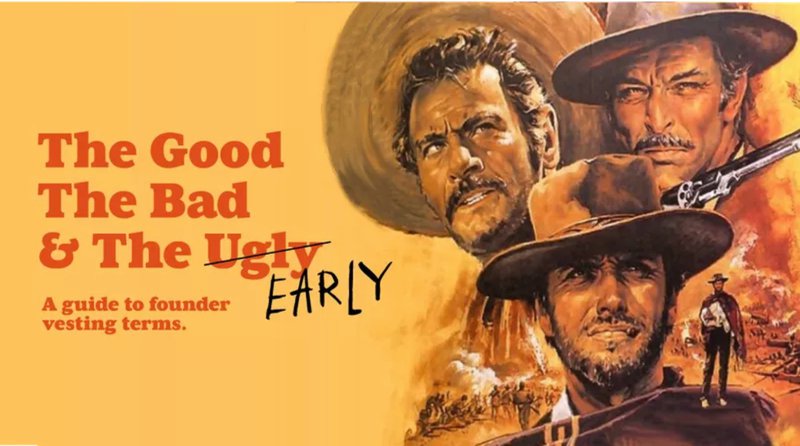This past year has been an IPO dream with the likes of Airbnb, Doordash, Snowflake, Roblox, Bumble, and other global unicorns going public. While the US admittedly dominates the public market stage, we have a fair share of promising startups stepping up to the plate here in Europe too. Curious? Check out these 12 tapped to IPO this year. All around, a busy time in the tech and venture capital ecosystem in Europe.
Exits: founders vs investors
Exits are an exciting time for founders, employees, and investors alike. However, there is a serious a-symmetry in exit experience between founders and investors. As a founder, you may (hopefully) experience an exit a few times in your career. Whereas we investors will see dozens across our portfolios. As Peak, we successfully exited 10 companies over the past years. Even amidst the challenges of last year, we were proud to celebrate three strong exits in 2020: Catawiki sold to Permira, United Wardrobe to Vinted, and Flinders to Nine United. Indeed, one of the main reasons to raise venture capital in the first place may be to benefit from the investor’s exit experience. We wanted to share our learnings with founders so they can cope with this (hopefully 😉) life-changing event.
Here is a two-part summary of what you need to know about exits for founders eyeing their first (or second!) exit. Let’s level the playing field so that you can navigate the exit process with the finesse of a serial entrepreneur.
In this two-part blog, we’ll explore what founders need to know about exits, starting with why you have to keep a possible exit in mind from day one (even before your team or product has been built) and how to run a company with that mindset. In part two, we’ll dive deeper into the M&A process when you’re ready to sell your company. Let’s get to it.
1) Get everyone on the same page
If you’re a founder who wishes to build a company from the ground up and work for yourself until you retire, take note. Raising from a VC means agreeing to sell your company in the future. When we invest in a company, we expect to recoup our investment within 5-7 years (max 10) with a multiple of about 10. If you’re looking to raise venture capital in Europe or around the globe, you have to have the right ambitions (timeframe and multiple).
Before you raise funding, make sure that you as founders are aligned on the exit. Discuss how you see this adventure. What are your ambitions? Ideas of the future? If you are aligned as a team, it is easier to answer these questions from VCs, which we’ll ask as we need to know the founders that we could be “in bed with” for a long time. Our goal as investors is to help you grow your company to a successful exit. Post-exit, you are free to take the earnings and start a new company or sail around the world – but we have to get there first. Getting there requires the right mindset; founders need to understand what it takes (growth expectations!) and be ready to commit to pass the finish line. This why we typically work with vesting clauses (see the blog of my colleague David on this) to ensure founder commitment.

There are various ways we align with our portfolio founders as we’ll explore later… the most entertaining one is a small tradition we started and a fun highlight of any investment celebration. Upon investment, we celebrate together with the founders over dinner and a few drinks (okay, maybe more than a few). It has become a tradition for everyone at the party to write what they predict the company will sell for on a beer coaster (napkins work too). When it is time to exit, we bring the crusty coasters out again. The closest prediction wins. The prize? Beyond their portion of the sale proceeds themselves, the winner gets a cake baked by the others. Losers have to cook dinner for the whole team. Lucky for me, I’ve never had to bake a cake 😉
2) Create a healthy cap table
The holy grail of exits is an IPO. It is more common to sell your company in practice. There are 4 general M&A paths, let me outline them for you:
- If a founder wants out, they can sell their shares to another founder. This is by far the easiest option, but it doesn’t yield much.
- Sell your shares to a venture capitalist.
- You can sell your shares to a private equity firm, like our portfolio company Catawiki did last year.
- Or sell to a strategic buyer. You could target one of your competitors or an incumbent in the market you are attacking. Example: our exit of CheapCargo to Postnl in 2017 or the recent acquisition of United Wardrobe by Vinted in 2020.

No matter what option you choose, you must have your affairs in order. Have a cap table that is fair and balanced. Founders should have shares that are in line with their contribution to the company. A company where one founder holds 90% of the shares, even if she/he had the initial idea, is off-balance. Share allocation does not have to be equal across the board. However, it does have to reflect the value of the founders to the company. Fair is fair.
We always advise our startups to allocate about 10 – 15% of shares to early employees, no matter their role. These early employees are worth the shares and are crucial to building and growing your company. Sharing equity with early employees gives them a reason to fully commit and give everything they have to build a company from the ground up.
3) Benchmark each year
Beyond our monthly or biweekly touchpoints with our portfolio companies, we set aside time at least once a year to discuss the long-term future in-depth. Of course, we discuss growth curves, revenue, and personnel, but we also talk about a potential exit. Things may have dramatically changed since our investment: markets might have dwindled and new opportunities might have appeared. A founder might even want to start a family or embark on a new adventure and spend less time building a company. We take this time to assess where we are now and what everyone wants.
An annual benchmark creates the opportunity to look at your company from a bird’s eye view. How are your competitors innovating their products? Are they raising funds or making key hires? How is the market evolving? Are you still focusing on the right geographic areas? Take the time to let go of the day-to-day and think about where you are headed down the line: an exit.
Also read: How To Prepare For Exiting Your Tech Company
